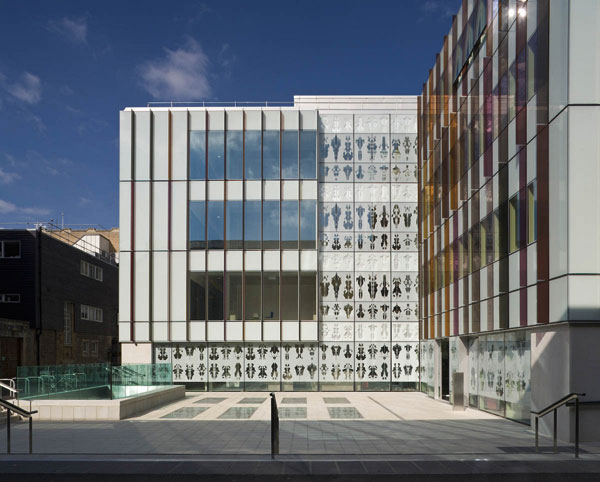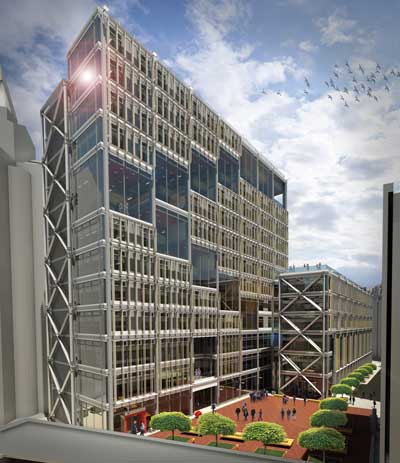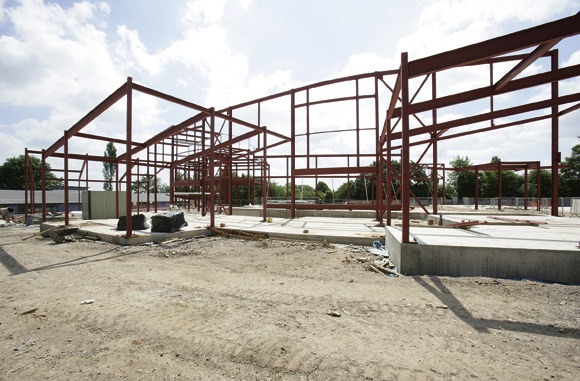SSDA Awards
SSDA 2009 – Oxford University Biochemistry Building
An iconic building housing a state-of-the art facility, the Oxford University Biochemistry Building provides a functional laboratory space alongside a high quality working environment.
FACT FILE: Oxford University Biochemistry Building
Architect: Hawkins Brown
Structural engineer: Peter Brett Associates
Steelwork contractor: William Hare Ltd
Main contractor: Laing O’Rourke
Client: Oxford University Estates Directorate
The new Biochemistry building for Oxford University is a striking example of contemporary design co-existing with a host of historic buildings.
The design of the building incorporates a large central atrium which includes secluded study alcoves, footbridges and communal areas ensuring an interactive functional yet personal atmosphere.
Oxford University insists on a highly sustainable approach to its developments and the Biochemistry building’s atrium helps draw in cool air at basement level and venting warm air at roof level, aided when necessary by waste heat recovered from laboratory ventilation. It also provides large quantities of natural daylight, right down to lower basement level, while photovoltaic panels on the atrium roof feed into the energy requirements of the structure.
A number of constraints had to be considered including a congested site in a city centre, surrounded by operational buildings and basement excavation adjacent to Grade I listed buildings.
“Reduced transport of materials and the ability to achieve anytime deliveries tipped the balance towards a steel structure,” says Fergal Kelly, Project Engineer for Peter Brett Associates. “The use of top-down construction for the basement with the steel frame connected at basement slab level provided high speed installation of the permanent steel structure propping the secant walling.”
Top down construction of the project’s two level steel-framed basement placed severe constraints on the installation of steel columns within plunge piles. “However, the piling and steelwork contractors rose to the challenge and produced 18m long plunge columns with a typical plan tolerance at the top of the cantilever of +/-10mm,” says Dr Kelly.
Temporary propping of the secant piled retaining wall was achieved with permanent steel beams prior to the slab pour.
Importantly, CO2 audits of various framing solutions showed that a steel composite frame produced the least CO2 emissions as well as the lowest haulage emissions. This helped the client and team decide that steel framing was beneficial on a number of levels.
Ventilation requirements and a high density of ancillary services required a structure that facilitated services to an unusual degree. A hybrid parallel beam configuration was used where steel framing was split into two orthogonal levels.
“This system provided the shallowest and most economical floor zone while ensuring that future refit of services is made easier by the continuous dedicated service zones in two directions,” says Dr Kelly.
The service void system also included a grillage of continuous beams which enhanced structural efficiency, provided a natural ability to form the required cantilevers and aided a faster and safer erection process.
In summary the judges say this is a surprisingly airy building and a very effective steel solution to a complex and adaptable structure.














